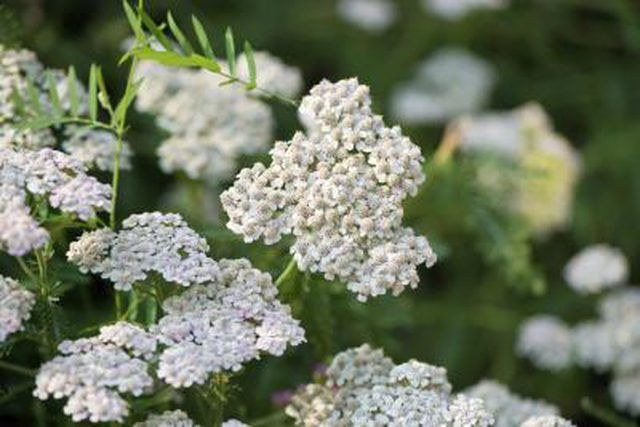Bulbs
Flower Basics
Flower Beds & Specialty Gardens
Flower Garden
Garden Furniture
Garden Gnomes
Garden Seeds
Garden Sheds
Garden Statues
Garden Tools & Supplies
Gardening Basics
Green & Organic
Groundcovers & Vines
Growing Annuals
Growing Basil
Growing Beans
Growing Berries
Growing Blueberries
Growing Cactus
Growing Corn
Growing Cotton
Growing Edibles
Growing Flowers
Growing Garlic
Growing Grapes
Growing Grass
Growing Herbs
Growing Jasmine
Growing Mint
Growing Mushrooms
Orchids
Growing Peanuts
Growing Perennials
Growing Plants
Growing Rosemary
Growing Roses
Growing Strawberries
Growing Sunflowers
Growing Thyme
Growing Tomatoes
Growing Tulips
Growing Vegetables
Herb Basics
Herb Garden
Indoor Growing
Landscaping Basics
Landscaping Patios
Landscaping Plants
Landscaping Shrubs
Landscaping Trees
Landscaping Walks & Pathways
Lawn Basics
Lawn Maintenance
Lawn Mowers
Lawn Ornaments
Lawn Planting
Lawn Tools
Outdoor Growing
Overall Landscape Planning
Pests, Weeds & Problems
Plant Basics
Rock Garden
Rose Garden
Shrubs
Soil
Specialty Gardens
Trees
Vegetable Garden
Yard Maintenance
What Is Yarrow Flower?
What Is Yarrow Flower?. Yarrow (Achillea spp.) is a perennial flowering plant that comes in numerous species, both cultivated and wild. In fact, yarrow flourishes in U.S. Department of Agriculture zones 3 through 9, including all 50 states. Modern cultivated yarrow blooms in many different colors and works well used in wildlife, mixed and cottage...

Yarrow (Achillea spp.) is a perennial flowering plant that comes in numerous species, both cultivated and wild. In fact, yarrow flourishes in U.S. Department of Agriculture zones 3 through 9, including all 50 states. Modern cultivated yarrow blooms in many different colors and works well used in wildlife, mixed and cottage gardens.
Size and Appearance
The genus Achillea includes between 60 and 100 species, according to the University of Florida IFAS Extension, but "yarrow" most often refers to Achillea millefolium, common yarrow, which itself has many permutations. In general, yarrow plants range from 18 inches to 3 feet tall and spread up to 3 feet wide. Yarrow typically has fern-like leaves and produces small flowers that clump together into round heads on long stems. Including the many cultivars and hybrids, yarrow plants are available with blooms of white, yellow, pink, cream, red and mixed pastels.
Suitable Locations
Versatile yarrow is suitable for rock gardens, meadows, natural gardens and cottage gardens. It also works as a ground cover or as edging for a landscape. It prefers full sun and sandy soil that's acidic to slightly alkaline. Although the flower stems may topple over in strong winds, yarrow tolerates drought and hot weather well. However, it does poorly in climates that are both hot and humid.
Planting Yarrow
The quickest way to grow yarrow is by putting out nursery sets in the spring. Prepare the soil by tilling it at least 1 foot deep and mixing in 2 to 4 inches of compost. Space the plants up to 2 feet apart, depending on the particular variety, after preparing holes twice the size of the pots. Position each plant so the top of its root ball is even with the top of the soil. Fill in the spaces with garden soil, press down the fill and give the plants a thorough watering. You can also propagate yarrow from root sections or plant it from seeds.
Ongoing Care
Yarrow is generally hardy and requires minimal care. To add nutrients and control weeds, spread compost in a thin layer over the bed each spring and then top it with 2 inches of mulch. After blooming, prune yarrow back to the lateral buds to encourage continual flowering and help prevent stems from tangling. Water yarrow during the summer whenever total weekly rainfall is less than 1 inch. After the first frost, cut plants back to 1 or 2 inches above the soil. Every two to three years, divide the clumps to thin your yarrow and keep it healthy. So disease won't be transferred to plants, use pruning shears disinfected with bleach.
Potential Problems
Plant diseases are not typically an issue for yarrow. Although it can be affected by mildew, rust or stem rot, it doesn't normally suffer long-term damage. Yarrow self-seeds and propagates underground by rhizomes, a trait that may be desirable in meadows and natural gardens. However, sometimes yarrow spreads aggressively in landscaped areas and it may become invasive, according to the USDA.